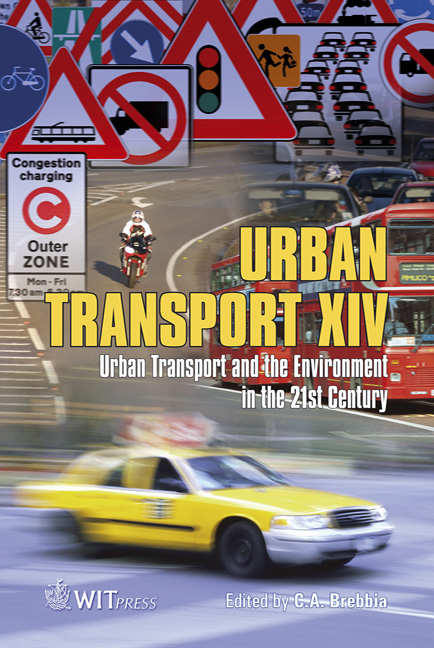Catchment Areas For Public Transport
Price
Free (open access)
Transaction
Volume
101
Pages
10
Page Range
175 - 184
Published
2008
Size
2,967 kb
Paper DOI
10.2495/UT080171
Copyright
WIT Press
Author(s)
J. L. E. Andersen & A. Landex
Abstract
In the planning of public transport the catchment areas of stops are often included to estimate the potential number of travellers. There are different approaches to GIS-based catchment area analyses depending on the desired level of detail. The Circular Buffer approach is the fundamental, but also the simplest approach. The Service Area approach is based on searches in road networks and represents the actual feeder routes and is thereby a more detailed approach. The Service Area approach can be refined by adding additional resistance to certain points in the road network, e.g. stairways. Differences between the Circular Buffer approach and the Service Area approach are illustrated and a comparison between the sizes of the catchment areas is made. The strength of the Service Area approach and the impact on the catchment area when adding additional time resistance for the crossing of stairways is illustrated by a case example. Furthermore, a case example illustrates how the additional time resistance in stairways affects the catchment area of an underground station compared to a ground-level station. It is also illustrated how catchment area analyses can serve in the planning of stops on a new line by calculating travel potential along the line. The article shows how the different approaches result in differences in the examined catchment areas. It shows how the Service Area approach prevents inaccessible areas from being included in the catchment area and how it allows for detours in feeder routes to/from stations. The article also shows how the refinement of the Service Area approach with additional time resistance results in smaller catchment areas when the feeder routes cross stairs. It is concluded that GIS-based catchment area analyses are a multiple decision support tool for the planning of public transport where the level of detail can be suited to the purpose. Keywords: catchment area, public transport, GIS, Service Area, network search, time resistance, accessibility.
Keywords
catchment area, public transport, GIS, Service Area, network search, time resistance, accessibility.





